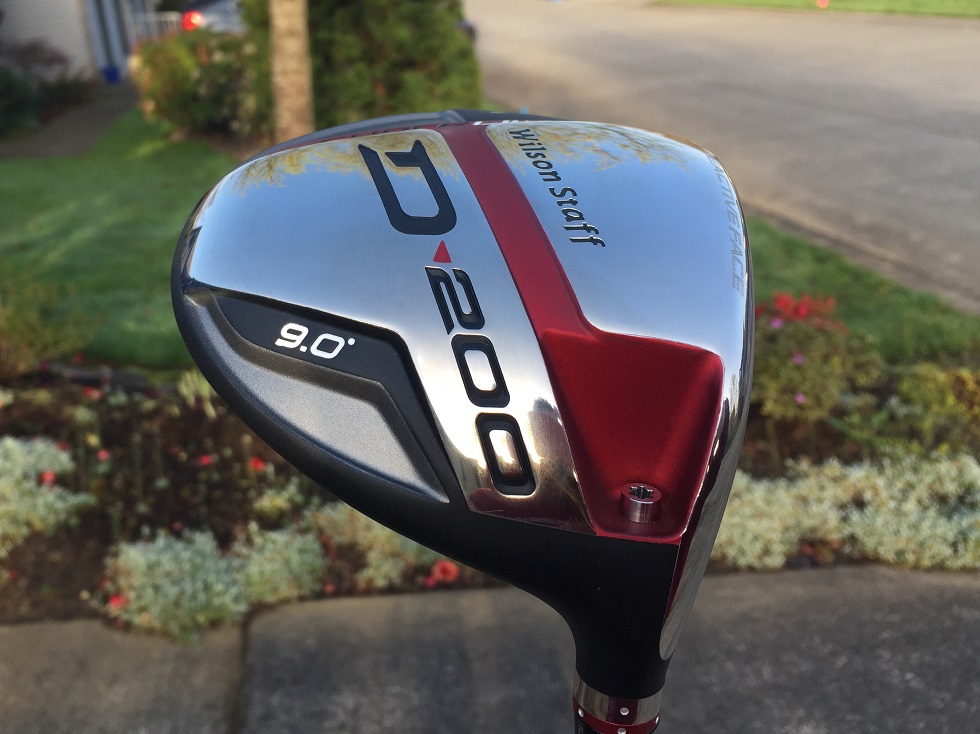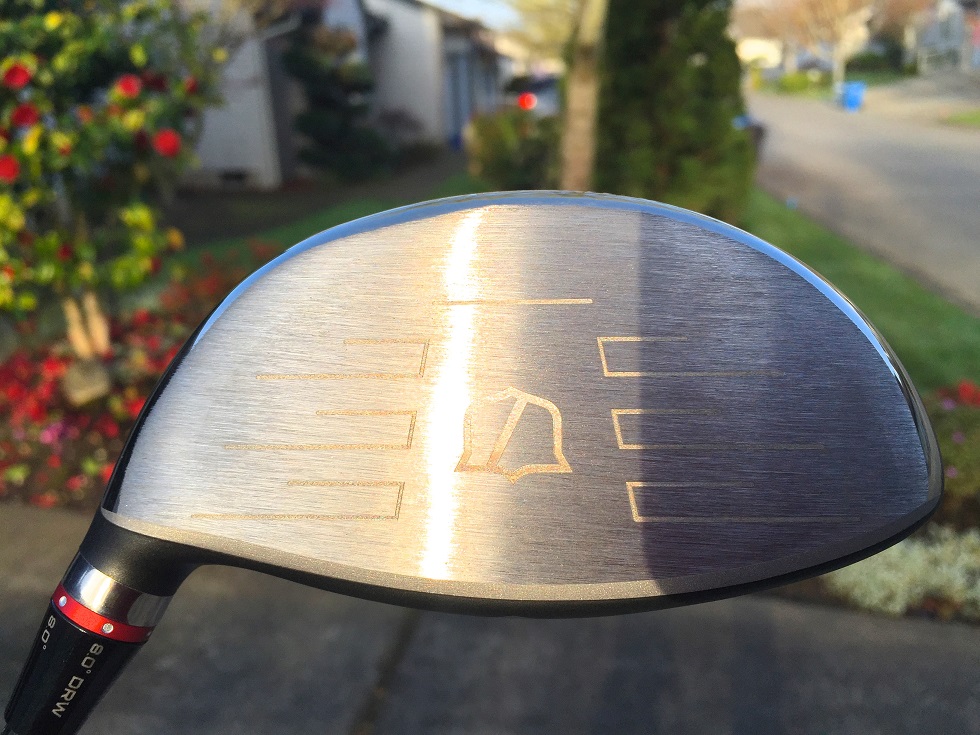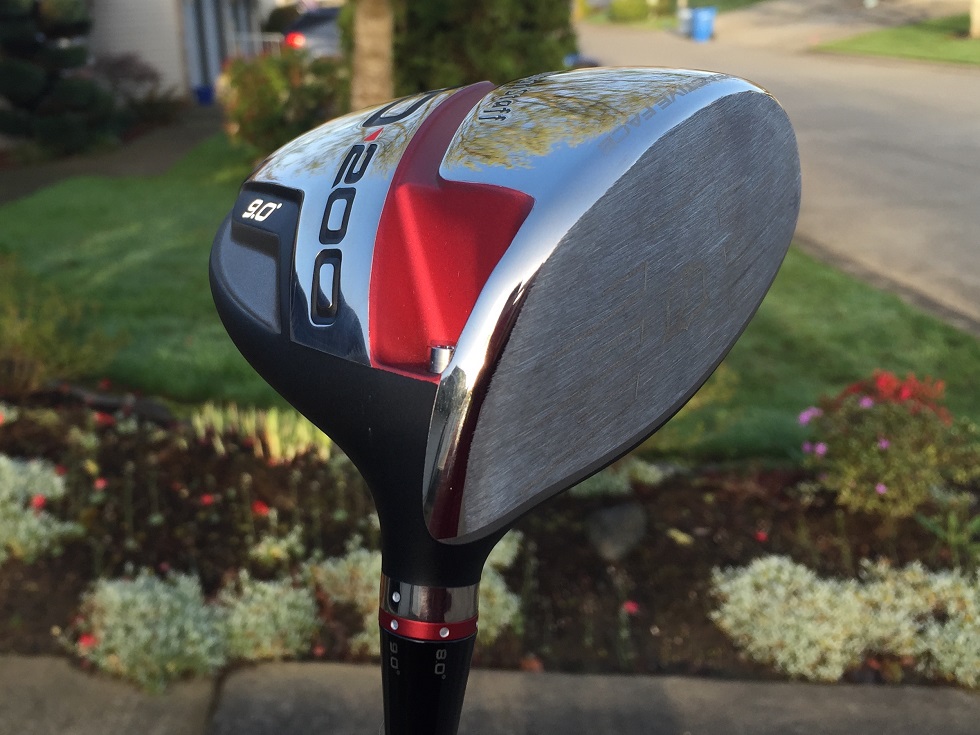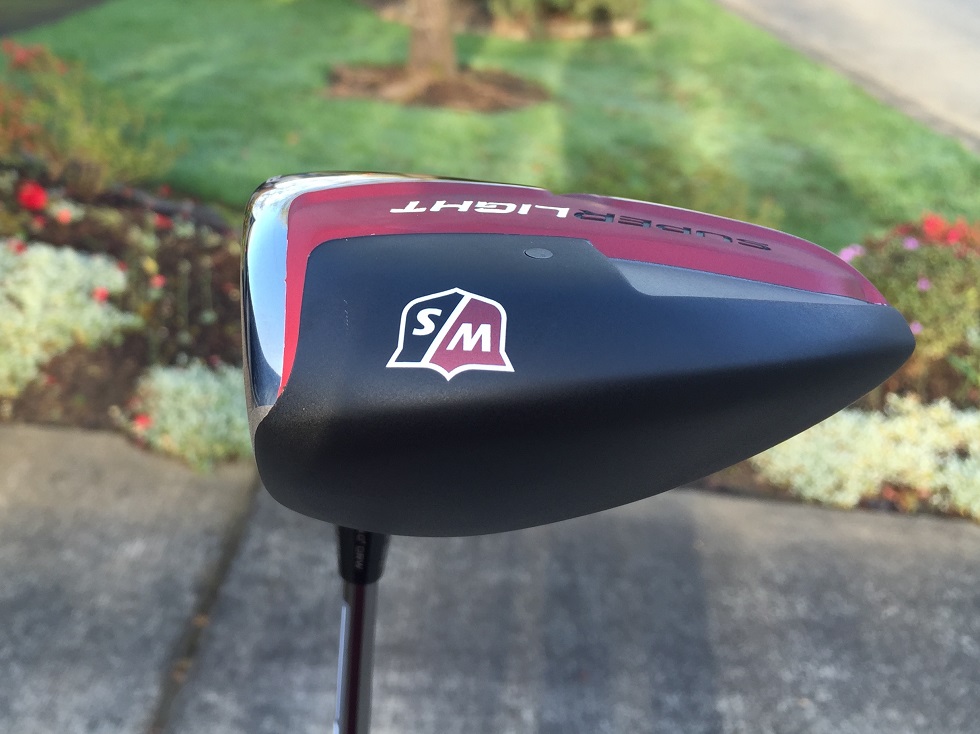 Wilson has been around the golf industry for more than 50 years. During my introduction to the game all most guys would talk about were Wilson clubs. During the late nineties and early 2000’s the brand lost its way a little. Very nearly fell off the map completely. In the last few years Wilson has made a comfortable home for itself just below the brands spending much more than itself on marketing but just above the bargain clubs. Now they are making a play to move up again into the higher end segment and spending more on marketing and club design.
Wilson has been around the golf industry for more than 50 years. During my introduction to the game all most guys would talk about were Wilson clubs. During the late nineties and early 2000’s the brand lost its way a little. Very nearly fell off the map completely. In the last few years Wilson has made a comfortable home for itself just below the brands spending much more than itself on marketing but just above the bargain clubs. Now they are making a play to move up again into the higher end segment and spending more on marketing and club design.
So when I tell people that I am using a Wilson driver the first look is sort of precious. “Why?” is the typical question. I wanted to try the new Wilson D200 driver, to see how Wilson as a club making company was progressing. How would this driver stack up against many of the other drivers that flood the market today. I am particularly intrigued by this driver because it is priced just below the other high end driver on the market and I am always on the lookout for a good deal. I started this review hoping to answer the question can a club company with a great clubmaking history make a driver perform at a similar level to the other entrants to the market. Let’s see if I could answer that question.

Technology and Design
Today’s top of the line drivers are full of technology. Movable weights, composite materials, super thin faces, adjustable hosels, all sorts of gadgets and wisbangs. The Wilson D200 is really no different. It seems that the designers first goal with the D200 was to make it extremely light in order to increase the swing speed of the golfer utilizing it. The driver is very light. Has to be one of the lightest drivers I have every swung. Wilson claims in their marketing for the driver that the D200 is the lightest adjustable driver on the market. I have not tested every one, but my small sample size confirms their claim. They list the driver at 268 grams of overall weight, which is the lightest I can easily find amongst those that list such details.
The driver is so light that a handful of golfers will immediately be turned off by it. If you are someone who loves to feel the weight of the clubhead when you are swinging the driver then this might not be for you. But if you can get past the extremely light weight of the clubhead you may found as I did, that the light clubhead does lead to a little increase in distance. I am not going to say ten to fifteen yards like typical golf advertising but potentially a few.
The D200 uses what Wilson calls “Right Light Technology”, admittedly Wilson is a bit “light” on details of what this exactly entails, but they do say that they have added a chemically etched crown in order to reduce weight and increase the thickness towards the face for durability. Both of those enhancements are worthwhile in my opinion. Wilson claims the key advantage of this technology is that the golfer can swing even faster with the same effort. They show in figure below where they are moving the weight from in the crown.
Wilson also introduced “Reactive Face Technology” which increases the size of the face to provide more forgiveness on heel and toe impacts and most importantly increase MOI. Also interestingly they have decreased the thickness around the lower half of the face to increase ball velocities on mishits toward the bottom half of the club. It is common with the new driver technology that balls hit low on the face lose quite a bit of distance, it seems Wilson is working on technology to improve that.
The last piece of technology isn’t really anymore and can now be considered a standard feature with new drivers. This is loft/lie adjustability through the hosel. The D200 offers three loft configurations and three different draw settings to optimize launch angle and left to right ball flight.
Esthetics
Let me start this section by saying right off the bat that I really liked the look of this club when I picked it up. The color scheme done in red and black is modern but keeps Wilson’s traditional roots. With all of the fancy colors being used today on drivers like white and florescent yellow it is nice to see someone give the club an updated look but keep the color scheme traditional.
The top of the clubhead done in a very pleasing matte black. From my point of view, the matte finish is really well done. Matte does well when it is bright outside ensuring that you don’t get any glare from the club, and at times makes it feel like it is fast. I can’t really put my find on why, but that is how it makes me feel. I enjoy looking at the clubhead with this finish. Also on the top of the clubhead is a very small alignment mark put where the golfer should line up their driver to help the ball on the sweetspot. There is also red lettering with the phrase Right Light done starting from hosel and going towards the back of the clubhead.
When you turn the clubhead over you will first notice the large chrom plate which makes up the majority of the bottom of the clubhead. It starts from the face and moves all the way to the back of the clubhead with a split in the middle to interject a shot of red color. Almost like a river of red water running through the back of the club and it is a little indented from bottom of the clubhead. The first part of the chrome towards the face has the Wilson Staff logo and the back area of chrome has the name of the club D200 done in very large black lettering.
The red color from the middle of club goes up to the top where you can find the phrase Super Light, and then continues toward the heel of the clubhead where the hosel is attached. On the toe you will find the signature Wilson Staff crest. And also near the hosel in white lettering on a black color is where you will find the loft of the driver. Mine was 9.0, but of course with all the adjustability available today the loft doesn’t have that much meaning any more.
The stock shaft of this club is a personal favorite of mine from a design perspective. The shaft is a silver color which looks shockingly familiar to the steel shafts of today. I like this because it is a subtle design feature that makes me think of my youth and playing with steel shafts even in the driver. The silver color is also an excellent match to the matte black color of the clubhead.
The headcover is also done in the black and red color theme that Wilson has been utilizing and is very well done.
Performance
Driver technology has reached sort of a critical mass so finding big chunks of distance from getting a new driver is a challenge. Still the light weight of the Wilson D200 driver definitely helped me to pick up a couple of yards. Not ten or twenty, but maybe three or five. I get the sense that this yardage was directly attributed to the light weight of the club.
The weight definitely took some getting used to. When I started with the driver I found it a little challenging to control. Wild, would be my best description. But after getting used to the weight I found that I was able to pick up those few extra yards. I let you know about this mostly because if you try this driver on the range for just a few swings you may not be impressed by your initial impressions. I recommend a more in depth study of the club to see if it fits you. It took me a couple of range sessions and about two rounds to get it under control.
Another key feature that I really liked was the sound. It is muted and extremely well done. Many of the new drivers available on the market have solved the sounds issues that some of the early titanium drivers had, but this driver has one of the best sounds I have heard from a driver. Typically I feel the sound can be tinny or hollow, this driver is different and sounds great. A very solid thud.
Wilson makes the claim that they thinned the face of the clubhead near to the bottom to help with mishits and I did not notice any difference from this technological advancement. The driver was no more or less forgiving than any of the other drivers I have tested. I would rank it squarely in the middle of the pack with respect to forgiveness. Frankly, I think this is bit of a plus for this driver because it is slightly less expensive than most of those other drivers that it is competing with. This means the middle of the pack but when compared against price it moves up to one of the top picks considering it is one of the longer drivers I have hit.
Conclusion
When you are rating this driver against its competitors you must consider its price point. It is one of the longer drivers I have tried, it is fairly average with respect to accuracy, and therefore it is quite a good deal when all the factors are considered. You must be able to get over how much lighter this club is that what you are likely already using. If you are already using a very light weight driver this roadblock might not be something you have such a hard time with.
The D200 is in my bag to stay for now. I have found that I like the key features of this driver, mainly the good looking matte finish, excellent acoustics, and the small yardage pick up I have gotten from its light weight. The more I get used to the weight the more I like the driver. It certainly draws some questions from fellow playing partners as to why I would use a Wilson driver but I have found that if they have played golf for any length of time they know the Wilson brand and still respect company even if they have fallen on some hard times recently.
My recommendation is if you are in the market for a driver less than three hundred dollars then you give the Wilson D200 a whirl. It is certainly worth a shot.








Please discuss the UST Mamiya Elements Shaft that uses Recoil Tech. The real deal Elements shaft is close to $300. How does this shaft perform and is it “made for…”
Back in 2013, I test hit the Wilson D100 driver at a demo day. The Wilson Tour Van made the trip, and the techs were building clubs on the spot for those who wanted them.
I had bought a Callaway RazrFit driver a few months before, and compared the two side-by-side. The D100 flew just as well as the RazrFit, but did not outperform it.
One of Wilson’s top engineers came for the trip, and he gave me some points on how golf engineers were trying to better coordinate clubheads and shafts.
———————————–
BTW, I played Wilson Staff 1, 3 and 4W from about 1968 to 1974. Switched to the 2W the last year or so when the Driver head broke.
What’s an “affordable driver” these days? One that’s a year old.
@Mr Desmond, as I tried to outline the shaft is the star of this show. I would rank the shafts among one of the best I have ever tested. For sure as a stock shaft it performs at an outstanding level. It is one of the main reasons the club is still in my bag.
Would I pay $300…hmm…tough to say? I actually might, and for me that is the most I would have ever spent on a shaft. The shaft is really pretty good. It has a great look and the performance is really great.
I still bring out my Wilson pd5 driver when I’m slumping on the tee. It’s the 2005 model, 400 cc, that I reshafted. Still works for me. I think objective golfers will give Wilson a try. Golf snobs or purists will not.
Michael, you obviously like the stock shaft. Is it wippy or firm compared to others?
Interesting comment about cheap. Of course Wilson is cheaper, they spend their money on developing a quality product and not on Marketing to convince people to play their Clubs. The Biggest spend Millions on Ads, contracts, Giveaways, and TV to convince us we have to have their junk or we are stupid. The real Stupid ones are the ones that buy that BS. Wilson makes fine stuff and is very comoetitive. Next time you play with good player with Wilson and he Kicks your butt with his amazing product played by your favorite Pro, who could probably shoot under par with a rake and shovel, think about it, less money for a better club. I have been in the business for a lot of yrs. and know what it really costs to make a club, and it ain’t 500 Bucks.